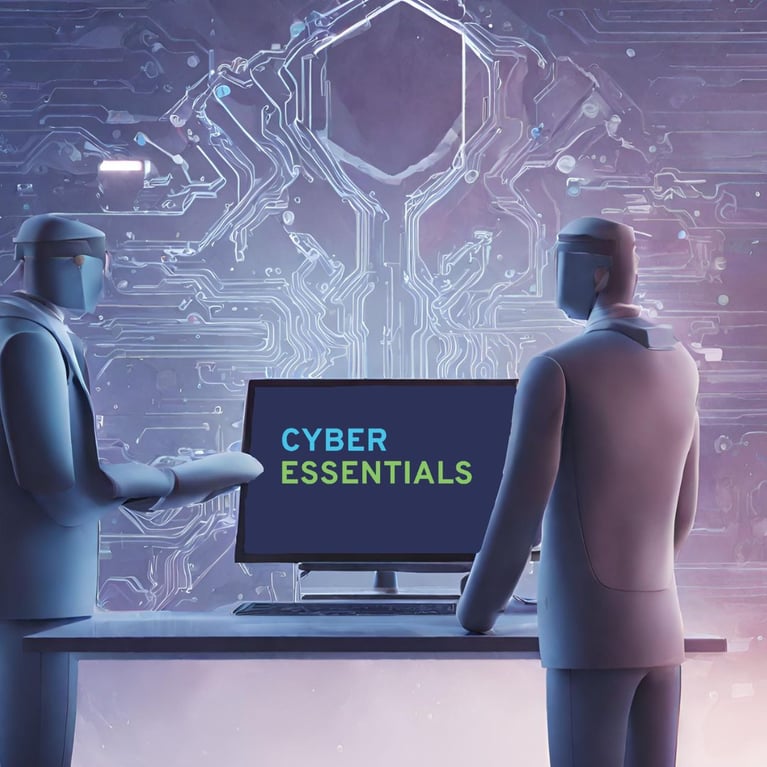Every business that wants to compete has to have the right IT systems and support in place. Unfortunately, for many businesses, finding the budget to have the latest systems and an in-house team in place can prove a challenge. However, there is no need for your business to miss out on that support because this is where managed IT support services can make a difference.
What Is A Managed Service Provider?
A managed service infrastructure is provided by an IT company that will handle all or some of the IT related tasks that your business requires. This might involve network security, cloud storage or computing services but they are all designed to support your business in multiple ways.
Unlike having an in-house team of IT specialists, it has been found that managed IT support pricing is more manageable for businesses. They can provide ongoing support or ad hoc support while they will have to meet a certain level as set out in the Service Level Agreement (SLA). However, it is worth noting that it is now more important than ever before to ensure you have the required support your business needs.
What Are The Benefits Of Managed It Services?
Even in the current climate, you still have to ensure that your IT infrastructure is on point. This will enable you to operate efficiently and overcome any challenges but there are many benefits that come with Managed IT Support.
One of the main benefits is that it gives you the ability to manage cost more effectively. Furthermore, it will help you to mitigate risks associated with threats such as cyber threats or hardware failure, both of which could cripple your business. In addition to this, you will remain compliant where required as you will be able to meet privacy regulations. It is also possible to streamline the customer experience and help your teams to work more collaboratively and productively.
What Is Included In Managed It Services?
The great thing about managed services is not just the managed IT support pricing but the range of solutions that come with it. Your business might need support in all areas or it might need support that is tailored to your business. Whatever it might be, there are a range of options available. This can include managed IT which can cover the likes of patching and monitoring but also remote working and backup and recovery. It could also assist with licence management and business continuity and even cloud solutions. There are many different options available and not all solutions will work for every business but if you are wondering what is managed IT support, now you know!
What is a MSP?
A managed It support service provider or MSPs will get to know all about your business and what it does. They will then be able to determine what support you require in order to help your business perform more effectively. The support will be delivered around the clock which means you can have confidence knowing that your systems will benefit from their expertise at any time.
The provider will align with your goals too which means that they will provide a bespoke service that comes at a tailored cost that fits your needs. This ensures that you only pay for what you need and not for what you don’t need which is the sign of a good MSP.
What’s the difference between managed IT services and cloud services?
Both are two distinct concepts that are often confused. These services refer to the maintenance and management of an organization’s IT framework, such as hardware, software, data storage, and networks. The responsibility for delivery of these services is taken up by a MSP, who then manages the whole process on behalf of the organization.
Managed Cloud services, on the other hand, refer to a computing model in which users can store, access and manage their data virtually from anywhere over internet connection. Cloud platforms provide different applications and services hosted on remote servers that are maintained by a cloud service provider. To summarize, managed IT service providers take responsibility for overall maintenance of the organization’s IT framework while cloud service providers provide platform-as-a-service solutions that enable users to access resources and applications virtually.
Remote Monitoring and Management (RMM)
RMM is an increasingly popular and effective managed technology that helps organizations proactively manage their IT infrastructure. By leveraging remote monitoring, organizations can gain visibility into their IT environment and be alerted to potential issues before they become critical. This can help increase the uptime of systems, reduce operations costs, and improve the overall performance of their IT infrastructure. Additionally, by using Remote Monitoring and Management tools, organizations can automate tasks such as patch management, software installation, asset tracking, and more. This allows them to be more efficient with their time while still ensuring that their IT environment is secure and running properly. RMM technology is proving to be a valuable asset for organizations of all sizes who want to take a proactive approach to managing their IT infrastructure.
 Top 10 Winter Tech Tips: Protecting Your Devices and Data in the Cold
Top 10 Winter Tech Tips: Protecting Your Devices and Data in the Cold Navigating the World of Compliance: GDPR, Cyber Essentials, and Beyond
Navigating the World of Compliance: GDPR, Cyber Essentials, and Beyond DNSFilter: Revolutionising Cybersecurity for Modern Businesses
DNSFilter: Revolutionising Cybersecurity for Modern Businesses Top 10 Festive Season Scams: Safeguarding Your Business Against Seasonal Cyber Threats
Top 10 Festive Season Scams: Safeguarding Your Business Against Seasonal Cyber Threats Embracing Next-Generation Cybersecurity with SentinelOne: A Deep Dive for Modern Businesses
Embracing Next-Generation Cybersecurity with SentinelOne: A Deep Dive for Modern Businesses